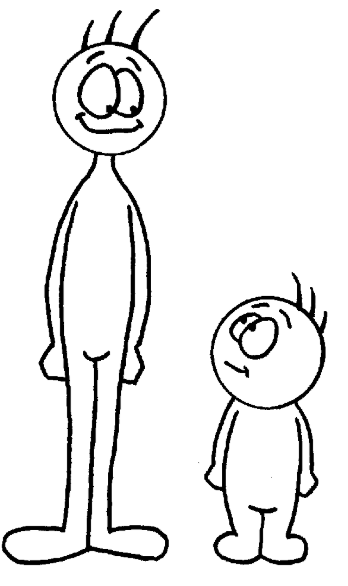What does DNA stand for?
Deoxyribonucleic Acid
What is an allele?
A different version of a gene
What does a Punnett square show?
Possible allele combinations of offspring
What causes genetic variation?
Mutations, meiosis/sexual reproduction, gene flow
True or false: A mutation in a body cell can be passed onto offspring?
False, only mutations in gametes can be inherited
Where is DNA found in the cell?
In the nucleus
What do we call an organism with two identical alleles for a gene?
Homozygous
Cross Aa with aa. What % of offspring show a dominant trait?
50% dominant trait
What is a mutation?
A permanent change in DNA
What term describes having two different alleles?
Heterozygous
What are the four bases of DNA?
A, T, C, G (bonus points for what they stand for)
What is a genotype?
The combination of alleles (e.g. Bb or bb)
Cross TT with Tt. What % will be tall if T is dominant?
100%
What kind of mutation has no effect on the organism?
A silent mutation
Why do siblings look similar but not identical?
They inherit different allele combinations from their parents
What is a gene?
A section of DNA coding for a trait or protein
What is a phenotype?
The physical expression of the genotype
Cross Bb with Bb. What % chance of homozygous recessive offspring?
State the genotype and phenotype percents of possible indiviuals with curly hair if A repesents curly hair.
25% (bb)
phenotype: 75% curly hair
genotype: 50% Bb (heterozygous), 25% BB (homozygous dominant)
Give one example of a beneficial mutation
Antibiotic resistance in bacteria, lactose tolerance in adult humans, HIV resistance, and the sickle cell trait which confers resistance to malaria
A black rabbit (BB) and a white rabbit (bb) produce grey offspring - what inheritance type is this?
Incomplete dominance (We have not learned about this, you will next year in year 12 BIO!)
Describe the relationship between DNA, genes, and chromosomes.
DNA is made up of genes; genes are located in chromosomes
If brown eyes (B) are dominant and blue eyes (b) are recessive, what is the phenotype of Bb?
Brown eyes
Explain why actual results differ from Punnett predictions?
Because inheritance is random and affected by chance.
Explain how meiosis leads to variation
Alleles mix through crossing over and random segregation/ independent assortment
Explain why sexual reproduction creates more variation than asexual reproduction
It combines genes from two parents instead of one